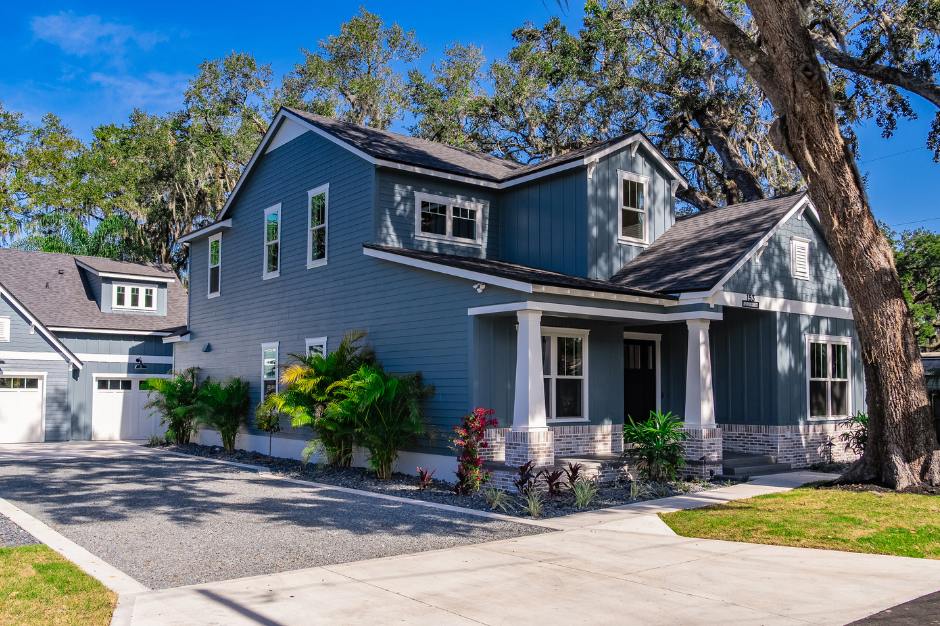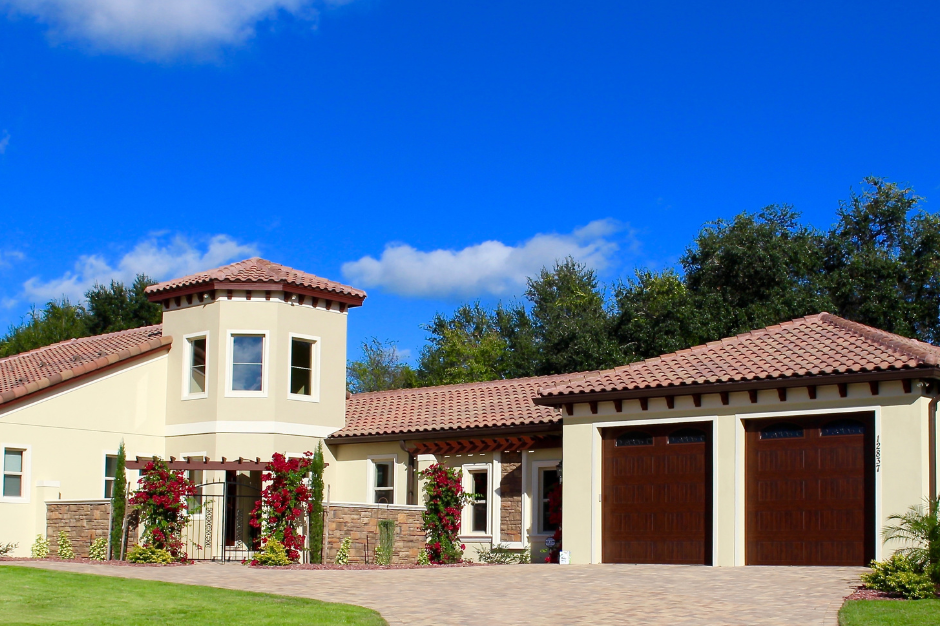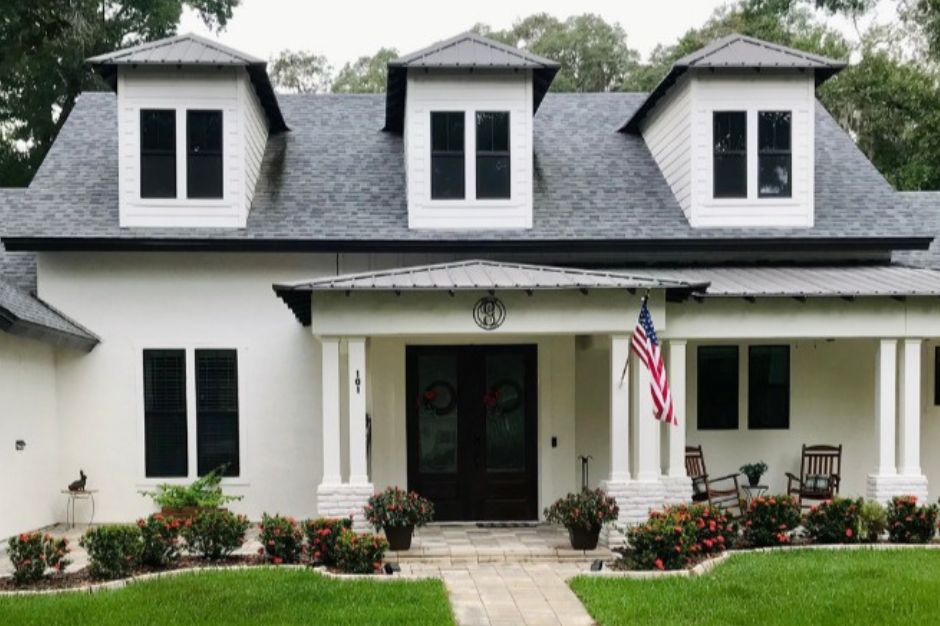
Have you ever thought you were “throwing money out the window?”
It’s not a great feeling.
Although spending is a fairly personal experience, there may be some things that most of us would agree are not the best use of hard-earned income.
Things like:
- A monthly charge from a gym membership that is not being used
- A speeding ticket
- Daily lattes purchased from an over-priced coffee shop
Expenditures like these may seem to be an obvious waste but there is another one that might slip past you and that many of us encounter daily – a home that is functionally inefficient.
If this is you, no need to fret.
Here are 10 things you can do to cut the waste and improve your monthly outflow – regardless of if you are building a new abode or making your current one more efficient.
Building Envelope
Any part of your home that separates you from the outside elements is considered part of the building envelope. A good rule of thumb is:
The tighter the envelope, the more energy-efficient the home will perform.
Focus on making these areas tight and you are head-and-shoulders above most homeowners:
- Walls
- Floors
- Windows
- Doors
- Any other openings – vents, skylights
Here are some specifics of the first 5 steps you can take – which are all part of the areas that separate you from the external elements.
1) Insulation
Nowadays, there are many choices for insulating your home.
Whether you are building a new one or remodeling an existing house, a great option to consider is spray foam.
It’s important to understand that insulation is evaluated based on its resistance to heat flow. This is referred to as R-value. Depending on where the insulation is going and where you live, the R-value will differ.
For example, insulation in a Florida attic needs to have an R-value between 19 and 30 to give you the best protection.
Remember that decisions about insulation can greatly impact your month-to-month costs. Insulation is not only about keeping cold air out but it will also keep the hot summer heat out – which anyone who lives in Florida, can appreciate.
2) Doors

Speaking of insulation, if you have never given much thought to the doors in your home you may not realize that they also can be insulated – or not.
Solid core doors for the interior of the home are essential for preventing the heat from a garage or sunroom from coming into the air-conditioned space.
They also keep the noise levels down between bedrooms and the common living spaces much better than the typical hollow core doors found in many homes.
For your exterior doors, you may want to consider a fiberglass impact insulated door as these are typically more energy-efficient than wood doors.
However, most people do not realize that the biggest loss of controlled temperatures, results from gaps around the door frame. Look for models that boast a tighter fitting frame and weatherstripped and you will greatly improve this part of the envelope.
3) Windows
A critical step for the energy-conscious homeowner is to select the right windows.
Double-paned, Low-E windows are designed to minimize the number of dollars you spend on heating and cooling your home.
Most homeowners know what double-paned glass means, but not everyone understands what Low-E refers to. The “E” is for emissivity.
Since every type of surface – including glass – either reflects, absorbs, or transfers heat, windows can be a major gateway for heat to enter or leave a home. A low-e coating on the glass will lower the rate of heat transfer and increase the number of dollars that stay in your wallet.
4) Roof
Since your roof probably gets direct sun exposure daily, this is another area that should be looked at closely for potential energy savings.
When choosing a new roof system you will want to go with one that has materials that are naturally reflective and that direct the damaging rays away from your home. Solar reflective shingles are designed to absorb less infrared heat and help toward keeping your home cooler.
In addition, choosing a lighter color for your roof is a smart choice since dark colors absorb more heat.
5) Paint Choices
The final step in regards to your building envelope has to do with the color of exterior paint you choose.
This is another instance of how heat transfer is directly impacted by the reflection of light. LRV or light reflective value refers to the ability of lighter colors to reflect more of the sun’s rays.
Choose a color with a higher LRV to optimize your energy savings.
Additional Changes to Lower Your Costs Over Time
Here are 5 more choices you can make inside your home to improve its energy-efficiency.
Remember that many small changes do add up.
6) Lighting

Get rid of your old-style light bulbs and replace them with LED lighting.
LED lights are up to 80% more efficient than fluorescent and incandescent lights. These traditional options actually convert 95% of the energy to heat and only 5% to light. In contrast, the LED lighting does the complete opposite – 5% gets converted to heat and 95% is for light.
Additionally, take a look at these other advantages with LED:
- Lasts 6 times longer than other lights
- No toxic elements (unlike the mercury in fluorescent lighting)
- Fewer lights needed since the light is more directed
7) Air Conditioning Unit
Go for a higher SEER unit when it comes to your AC needs. SEER stands for Seasonal Energy Efficiency Ratio.
A higher SEER unit means that more cooling is produced with less electricity used. Many of the older AC units have a SEER of 10.
If you are updating an older unit or building a home, you want to look at a unit with a rating of 15 or 16.
In addition, make sure your thermostat is digital and programmable.
8) Water Heater
There are several energy-efficient options for you in regards to your water heater. If your home has access to gas then it makes financial sense to go with a tankless, gas, water heater.
If your area does not have gas, you might also consider, solar-heating or a hybrid electric heat pump. The latter choice offers a heat pump technology that results in more energy stored and therefore increased savings for you.
9) Energy-Efficient Appliances

When choosing your new, state-of-the-art appliances be sure to pay attention to the energy rating that is given to them.
These ratings are labeled “A” thru “G.” An “A” is going to give you the highest energy-efficiency, with “G” being the least.
Keep in mind that, here again, you should try to switch to gas appliances if at all possible. If your area does not have gas, speak to your builder about burying a propane tank on your property.
10) Smart Technology
Home automation is no longer science fiction but is becoming more and more a reality for many homeowners.
Smart control technology combined with apps on your phone allows you to save time and money by remotely shutting off lights, turning down A/C, and locking up your home.
As a Green Certified builder, Jim of Westmont Custom Homes is on the cutting edge of knowing how to build the most efficient home that will serve your family well for many generations to come.




